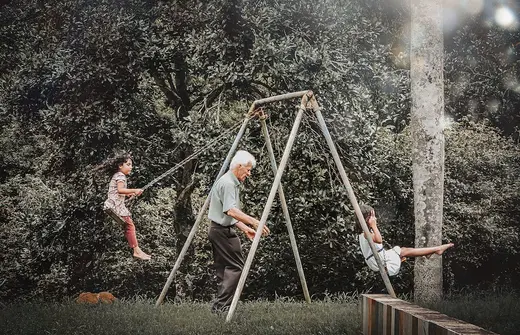In a world where generational gaps are widening, how can design help us reconnect? On November 20, 2024, we explored this question during the second edition of The Greenhouse. The Greenhouse is a collaborative space where our members tackle pressing challenges through design, guided by insights from guest speakers. This time, we welcomed Erin Peavey, a passionate advocate for design-driven connection, who highlighted a critical issue: the loss of culture, memory, and growth due to the disconnect between generations. Our challenge was clear—to design public spaces that bridge generational divides and foster meaningful connections.
Watch Erin’s presentation
Before the event, we reached out to our community for examples of places that successfully promote intergenerational connection. We were thrilled by the inspiring contributions and insights shared! These included:
- Gibson Square, London, UK: A Georgian square offering rest and strolls, creating a home-like community feel for families and neighbors, fostering a sense of shared ownership.
- Jamison Square, Portland, OR: Features a barrier-free fountain that encourages interaction across all ages and abilities, blending play, relaxation, and observation.
- Forfatterhuset Kindergarten, Copenhagen, Denmark: Integrates lush gardens, play zones, and quiet spaces in a vibrant age-diverse neighborhood, blending play, nature, and community interaction.
- Mmofra Place, Accra, Ghana: A green laboratory and maker space designed to connect generations through creative programming and shared outdoor activities.
- Botanical Gardens: Provide gentle movement, quiet fascination, and opportunities for intergenerational conversations amid natural beauty.
- Evergreen Brickworks, Toronto, CA: Combines urban nature appreciation and education, encouraging shared learning and connection for all ages.
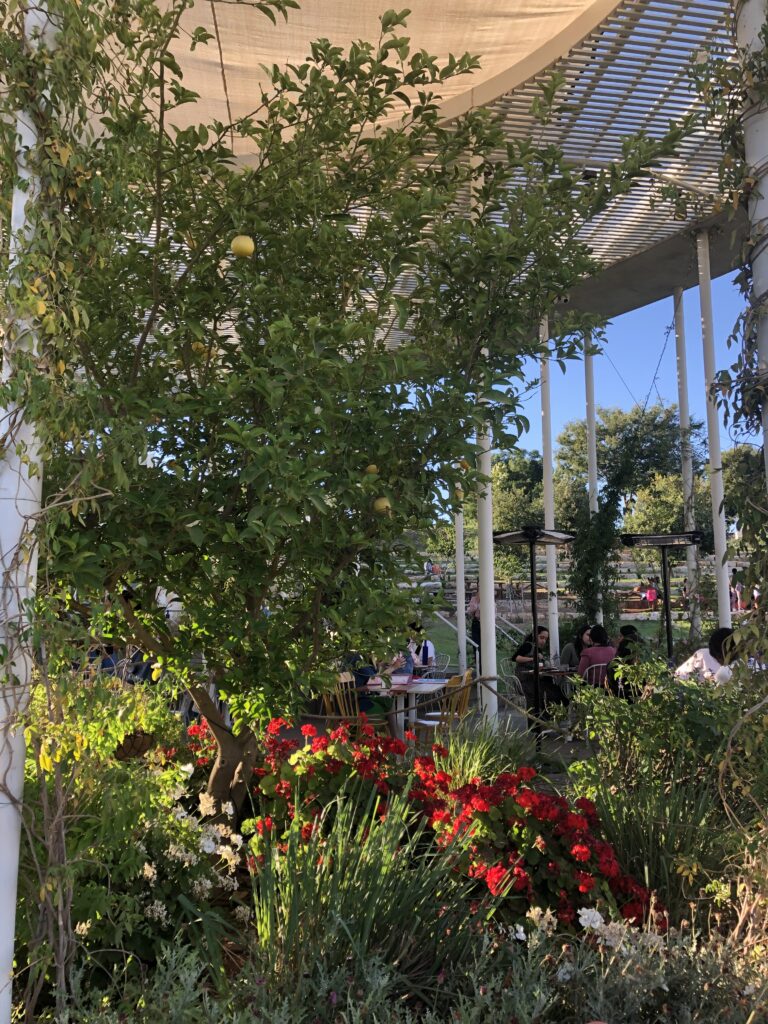
Erin introduced the PANACHe framework—a flexible approach for designing spaces that foster connection. PANACHe stands for:
- Personalization: Spaces that reflect local identity and allow for personalization. Think murals, community art, and customizable seating.
- Accessibility: Spaces are easy to use for people of all ages and abilities through universal design, walkability, and shaded seating.
- Nature: Natural elements like plants, wood, and natural light enhance well-being.
- Activation: Reasons for people to gather, such as games, events, or interactive installations.
- Choice: Flexible options for seating, activities, and engagement to meet diverse needs.
- Human Scale: Spaces and features with the proportions of the human body in mind, like tree canopies, seating nooks, and tactile elements.
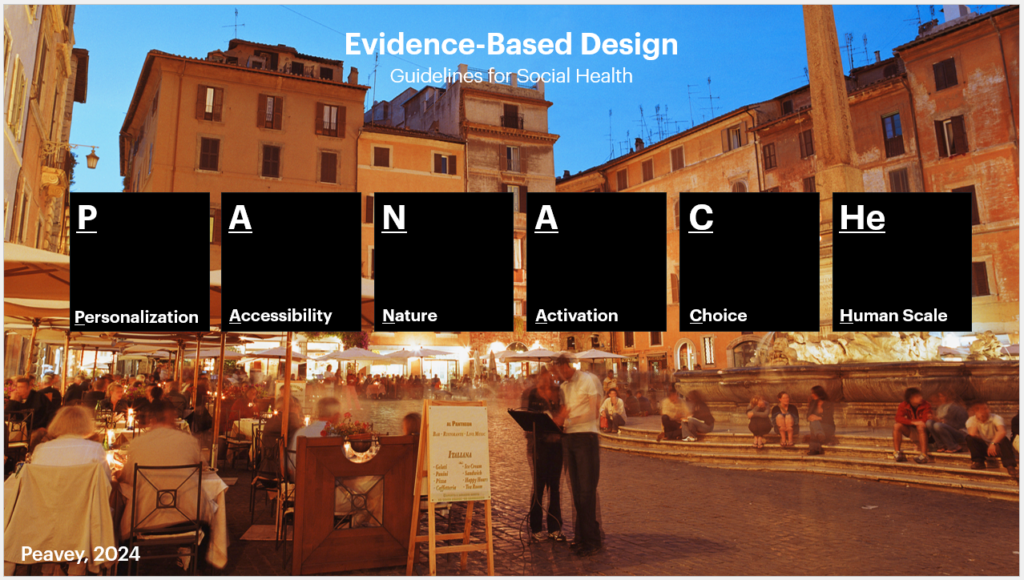
Together, these principles form a recipe for creating spaces that encourage meaningful human connections. We loved the adaptability and practicality of this approach!
We split into two groups to develop design solutions addressing intergenerational disconnection. Here’s what each group came up with:
Group 1
Design Focus: Fostering play for people aged 8 to 80 in pedestrian streets.
Solution: A giant crossword puzzle embedded in the pavement, where the answers are names of local plant species. The clues are creatively integrated into nearby seating planters, each displaying a corresponding plant or tree. Children would collaborate with older adults to identify the species and solve the puzzle, encouraging intergenerational dialogue and shared learning.
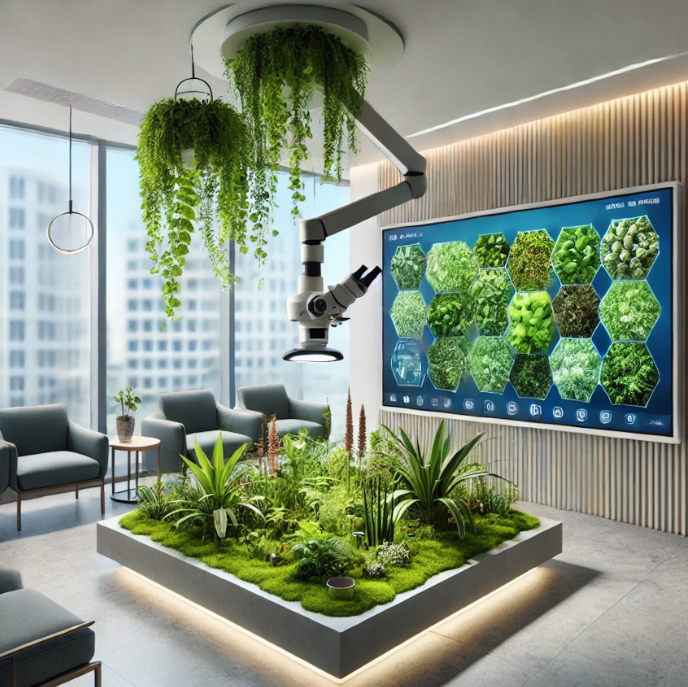
Group 2
Design Focus: Interactive waiting areas for hospitals or clinics.
Solution: Creative spaces featuring biophilic elements and interactive art tables. Concepts included sociopetal tables with tactile surfaces that generate colors and patterns based on touch, and garden-inspired installations that offer therapeutic distractions and promote social interaction.
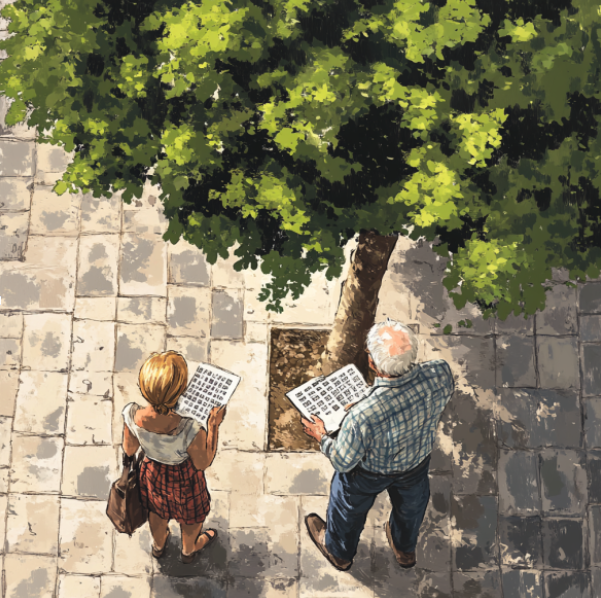
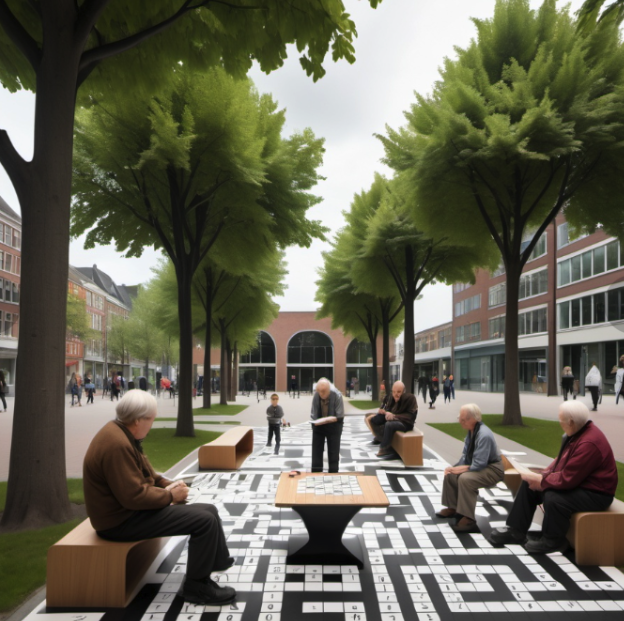
This event showed us how even a brief gathering can generate a wealth of innovative ideas. The PANACHe framework provided a clear, adaptable structure for designing spaces that cultivate connection, and it worked in practice. We’re hopeful this experience will lead to real-world applications!
Some other key insights and inspirations we took away from this event include:
- The idea of tactical urbanism for creating temporary, low-cost, and impactful public spaces (Street Plans).
- Designing cities that are accessible for both children and elders (8 80 Cities).
- Innovative furniture that supports movement and interactivity (VS Furniture).
Huge thanks to Erin and all the Greenhouse participants for making this event such a success!

